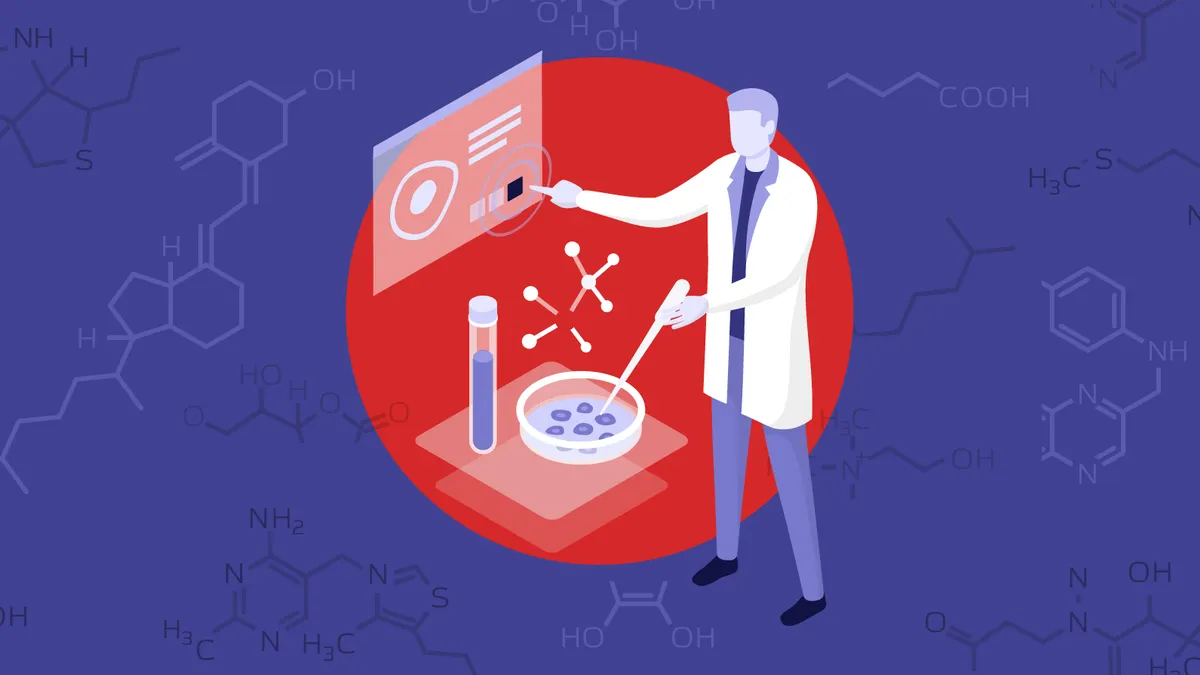Generative AI has been the buzz of the life sciences industry over the past 18 months. In fact, it’s been the buzz of nearly every industry all around the world.
Both artificial intelligence (AI) and generative AI (GenAI) have the potential to revolutionize drug development, optimize research processes, and ultimately speed up time to market to deliver therapies to patients more effectively. At the same time, these technologies also pose limitations, and have to be handled with the utmost rigor and compliance to be effective.
There’s no doubt that GenAI can enhance innovation in pharma – the question, however, is whether organizations are ready to embrace the technology in a way that makes sense for their goals, objectives and culture. If your organization is ready to go all in and adopt GenAI, or if you’re weighing your options and calculating the benefits, there are three essential considerations to keep top of mind.
1. Trustworthy AI: Building confidence in technology
Like many leaders in the space, I’ve dedicated my career to help bring life-changing therapies to market. I know firsthand the importance of building technology platforms and systems that matter – systems that aren’t just shiny and new, but systems that are trustworthy, transparent, and reliable.
Pursuing advanced technologies is not only exciting but is a necessary step in transformation: innovation doesn’t happen by using the same tools, processes, and procedures that we’ve already exhausted over the past 50 years in life sciences. At the same time, we can’t let the excitement of innovation outweigh the reality of our industry – the decisions that we make and the technology that we use to make those decisions has to be reliable.
The FDA has emphasized the importance of explainability in AI systems, particularly in healthcare and life sciences, to foster trust among healthcare professionals and patients. Transparency in AI processes allows researchers and stakeholders to understand how decisions are made. This includes the data sources used for training AI models, the algorithms employed, and the rationale behind outcomes.
The question isn’t “if” models and data sources should be transparent, but rather “how” we’re ensuring accountability and traceability. Using model cards, auditing your systems for bias, and continuously questioning your data is crucial to build and ensure confidence in the technology being used.
2. Partnership is key: Lean in to innovate successfully
Pharmaceutical teams are primarily focused on a singular mission: to deliver therapies to patients. Meanwhile, technology organizations are focused on delivering the tools and solutions needed to innovate more efficiently, at scale, for each industry they serve.
Simply put, these technologies are advancing at an unprecedented pace, and most life sciences organizations will not be able to stay ahead of the curve on their own. Organizations have to keep their focus on delivering therapies, and partner with reliable, robust technology organizations that can strategically come alongside an organization to implement the right solutions, at the right time, and ensure long-term sustainability in the technology.
Without the right partners, general technology strategies face challenges. Without the right partners, GenAI strategies, in particular, will fail. Going at this alone is not only going to be a financial risk for an organization, but also a regulatory risk. The patients that pharma organizations are serving deserve the best possible therapy. And technology partners are ready to provide solutions that improve operations and efficiencies, while tangibly helping deliver those therapies to market.
3. Boundaries matter: Governance for the long haul
If you’ve partnered with the right organizations and built confidence and trust in your technology, the third consideration is governance. How do you maintain the AI and GenAI technology in place, ensure it’s being used appropriately, and create systems that limit risk?
Again, we can’t let the excitement of innovation outweigh the risk. And, setting up holistic and robust governance structures is a crucial part of managing that risk.
Governance in GenAI goes beyond access and audits. Since GenAI is built on the data that its fed, governance standards must be in place with your data sources, data vendors and providers, data managers, and technology users. Analytics teams will need governance processes and procedures, and information technology teams will need technical documentation to continuously vet every data entry and management point that the GenAI technology touches.
Many organizations see the biggest challenge at this stage, because they are building something that’s net-new to their organization. This is where partners prove their value. Lean on your GenAI partner to co-develop governance standards, and create a set of sustainable, long-term boundaries that support GenAI usage not just for the moment, but for the foreseeable future.
Your GenAI strategy matters – tech partners can help
Using advanced technologies such as GenAI will, without question, advance life sciences. At every point of the life sciences value chain, this technology offers a solution that drives therapies forward, and can positively impact patient lives.
But that’s only possible when it’s used correctly.
Whether you’re ready to fully adopt a GenAI strategy, or if you’re just getting started in the process, make sure you’re keeping these three considerations top of mind – ensuring trust in your technology, having the right partners to lean on, and creating governance processes that stand up for the long-term.
The life sciences industry will continue to evolve, and the technology surrounding it isn’t slowing down anytime soon. It’s time to lean in. Ultimately, patients are counting on faster, more efficient therapies – and technology can help us get there










